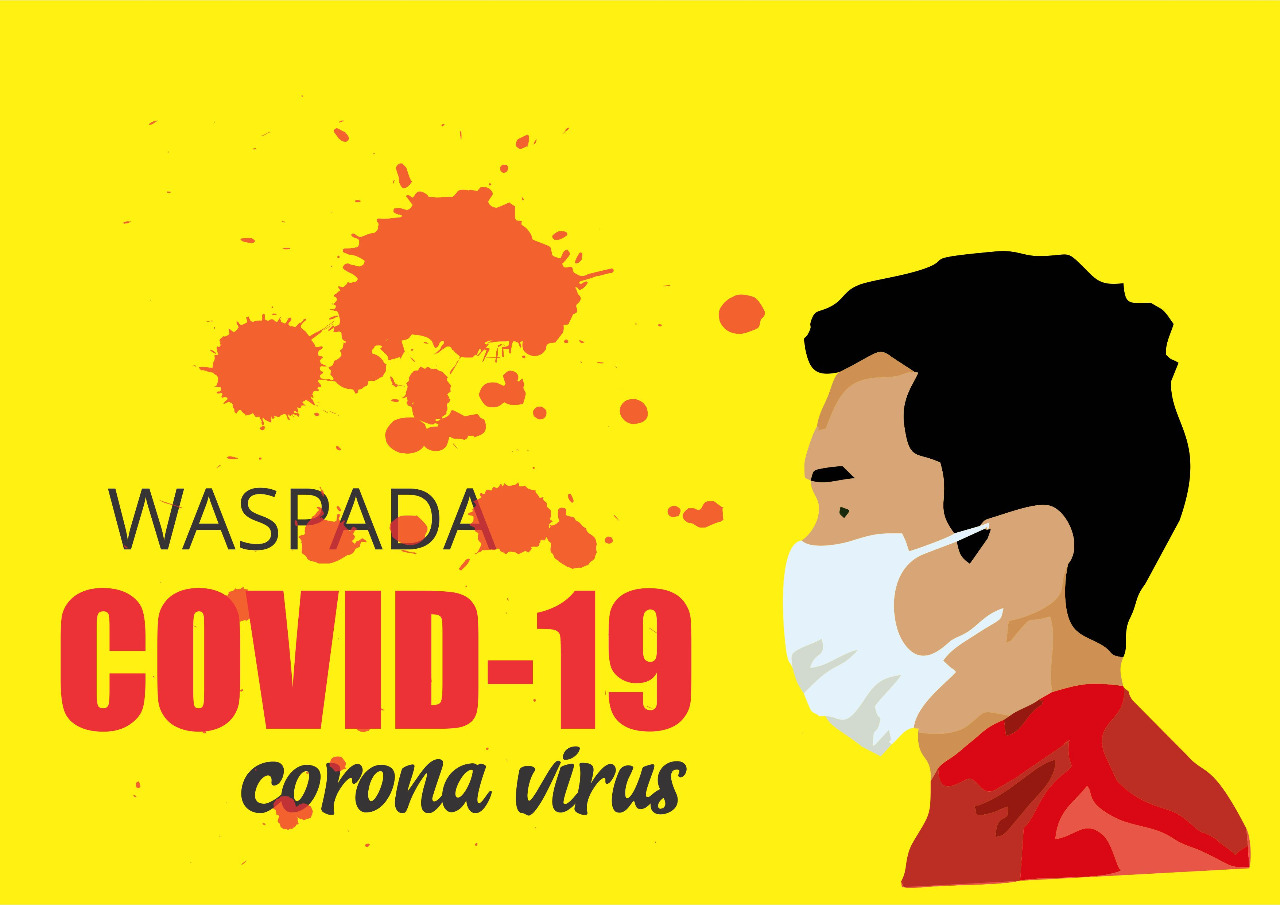
How do we define good health? We can use the word ‘well-being’ to refer to a number of things, from exercise to nutrition. Health is complex and depends on many factors, so the definition should take this into account. We must also consider our environment, as the definition of good health can change considerably from one place to another. Many people think that physical fitness is a good sign of good health. However, that may not be the case. In reality, physical fitness is often a sign of a healthy lifestyle.
According to the World Health Organization, health is a fundamental resource that supports the entire society and provides people with the means to live full and meaningful lives. Health is the ability to adapt to infirmities and threats, according to a study in the Lancet. However, despite its broad definition, health can be viewed as a dynamic resource that helps people make choices about their lives and participate fully in society. But the concept of health is not limited to physical and mental health, but can also encompass social and environmental factors.
People’s physical and mental health are inextricably linked. Evidence for this strong association has been accumulating for decades, and it challenges the historical notion of mind-body duality. The mechanisms that govern this association can be behavioural, social, or physiological. As such, the biopsychosocial model of health identifies the various mechanisms by which the relationship occurs. In addition, the nature of the relationship is two-way. Some individuals may fall into either category, but most people do not.
The social determinants of health are a fundamental component of health promotion programs. These factors influence the development and progression of chronic diseases. The social determinants of health may be cultural, political, or economic, and they influence people’s behaviors that may be harmful to their health. Communication strategies addressing these determinants of health include public service announcements, mass media campaigns, and educational programs. And in some cases, such interventions may also be incorporated into physical activity programs.
While the World Health Organization (WHO) is the most important body, other members of the UN family are equally important. The Economic and Social Council and General Assembly both have major roles in health-related matters. The Joint United Nations Programme on HIV/AIDS, the United Nations Children’s Fund, and the World Health Organization all contribute to health-related activities. The United Nations Population Fund is responsible for the funding of reproductive, maternal, and child health activities.
The social and economic conditions of people of color and underserved groups are significant determinants of health. The MDPH aims to eliminate these inequities by transforming inequitable policies, cultural norms, and structural barriers. By empowering local leaders to make changes in their communities, healthy people can benefit from all of these efforts. In the end, they will create a healthier society for all. If health is a priority for all, MDPH will help everyone benefit.


